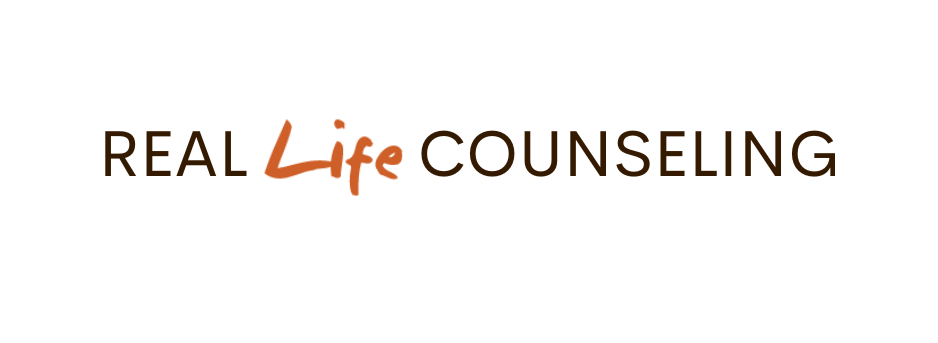It is not a stretch to say we are undergoing a collective trauma now as this pandemic exerts its will on our lives in some pervasive ways. Even if it has not had an impact on us directly, the looming nature of the virus seems to be casting a dark cloud over us, keeping us from embracing hope for the immediate future, and at the very least reminding us of the inevitability of our own illness and death. As is often true with these sorts of happenings, we experience some of the effects now and we will continue to experience the effects over the ensuing months and years. It is helpful to understand the impact of trauma individually and collectively so we know what is happening in us and among us. As well, our awareness of trauma and its effects allows us to enact some resilient responses in this and other situations, rather than just allowing trauma to wreak havoc and chaos in our lives and the lives of others through us.
We experience trauma responses any time we ourselves or the things we hold dear are threatened. As you can imagine, we are experiencing threats like these all the time (not just now). As a result, we also experience strong impulses to protect ourselves (fight or flight) in response to threat. These responses are automatic and unavoidable, so it is important for us to learn how to handle this powerful “activation” energy. We are always coming or going in and out of these “activation” states, even if we are not under what we would consider crisis or even stress. Fear, shame and “stuckness” can be woven in and through these states, so we must learn to move in and through these states in a way that helps us preserve our sense of self-efficacy in them. We are actually beings built to withstand immense pain and stress, and we must learn to move through these life-threatening events with resilience: a sense that we are capable and strong. If we do, we will experience the best way of being human: an existence free of fear and absent of a need to dominate everything around us to feel okay.
As such, a successful response to trauma is not as simple as just conquering and subduing everything that threatens us. Much of the gloomy mood we are experiencing now is the sense of resignation that we are unable to eliminate the threat of illness and death. If we just react in fear and flail around in an attempt to assert our will on our surroundings or anything that threatens us in a small or big way, we run the risk of perpetuating trauma – re-traumatizing ourselves or others.
Alternatively, we have been given the ability to process and respond to trauma in creative ways that help us sublimate trauma, rather than passing the terror on and around to others. This is a very complex feat and there are multiple ways to execute it – as complex and numerous as people and the experiences we have. This is to say we all suffer unique traumas and losses in our lives and our lives are about learning how to respond to these daily threats creatively and constructively.
There is a lot to honing our responses to trauma so they are productive and not destructive, but the first thing we need to do is realize our powerful fight or flight responses to threat are normal and natural. Then, we must find something to do with those powerful forces that is not damaging to another or ourselves. The key is that we feel free to move into active and inactive states and detach ourselves from the shame and fear that so naturally pervade these experiences and render us helpless and hopeless. It is also helpful to have a caring presence there to help us navigate those experiences. This helps us unlock the healing that naturally occurs in our physiology. We come equipped to endure and rise above these experiences and we just may need some help learning to reactivate our natural ability to heal.
This in no ways encapsulates or sums up what it means to respond to trauma in a constructive way. People have devoted their whole lives to exploring and practicing what it means to help people heal from trauma. It is a complex and multi-faceted endeavor, but perhaps if we can all realize it is possible to find hope in the midst of stressful and even horrific circumstances, we are one step closer to not allowing trauma to overcome us. We can take responsibility for our own healing and resilience. We can see this already taking place all around us even as we are under significant stress. Humans are, even now, putting themselves at risk to help other humans, and many are finding beauty and hope in the midst of death and disease. This is our collective endeavor: to find ways to make something out of pain and suffering, activating our powerful ability to endure and rise above, engendering hope and faith in one another.
Many of these ideas are from the works of Peter Levine, the developer of Somatic Experiencing, an approach to treating stress and trauma. You can find out more at traumahealing.org.

